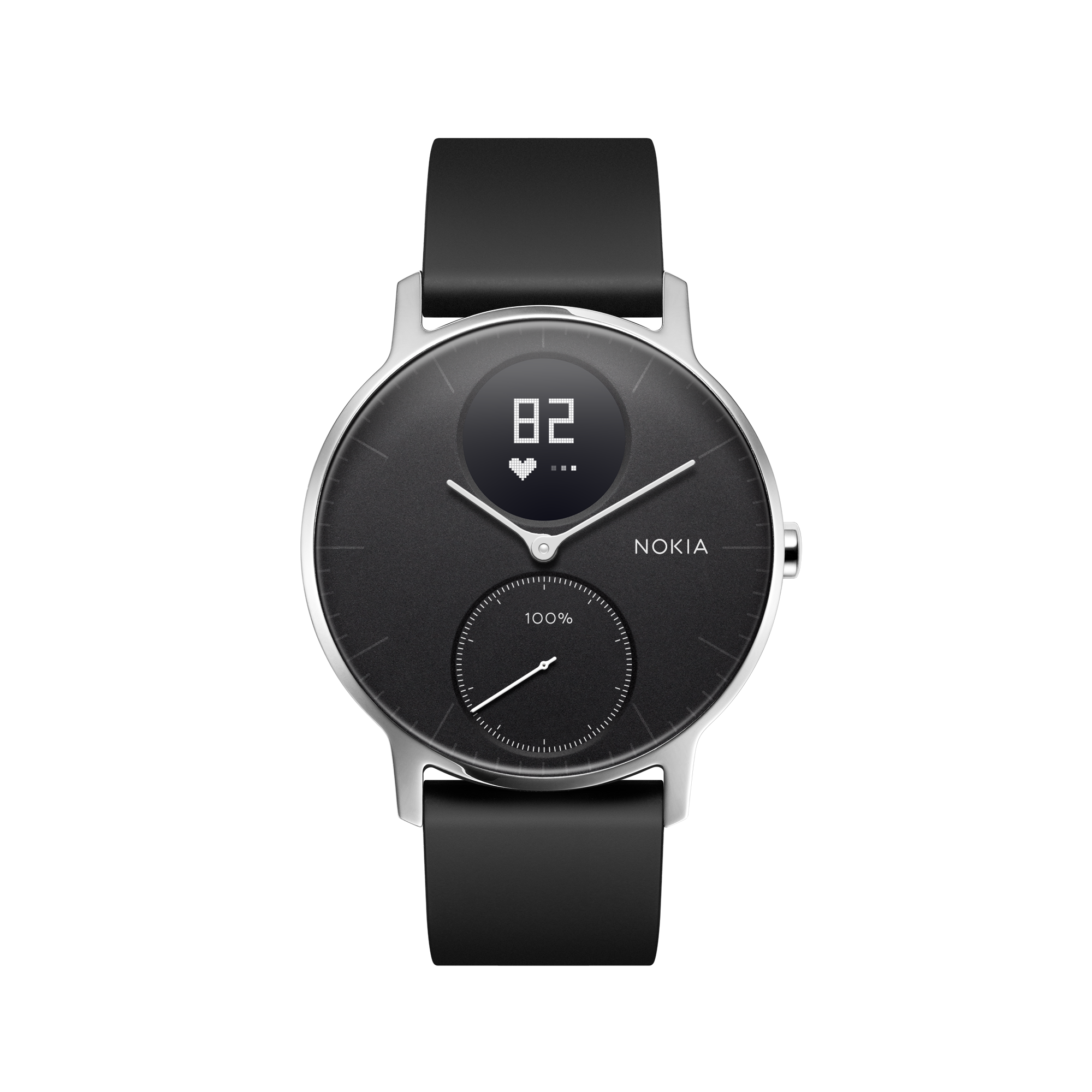
Heart rate is a great way of measuring the intensity of your exercise. So, how can you get into your ideal fat-burning heart rate zone?
Trying to figure out how hard you need to exercise to burn through that excess fat? It’s all about heart rate. Learn more about the science behind the ideal heart rate for fat burning, as well as the tools you can use to measure it.
Heart rate and exercise
Your body constantly burns fat. Unfortunately, this doesn’t mean that you can just sit around and expect to shed the pounds—bummer! If you want to burn weight, you’ll need to be more active. There’s a really simple way to measure just how active you really are: your heart rate. Simply put, the harder you exercise, the higher your heart rate. As always, you should check in with a doctor before any change to your regular exercise regimen.
What is the ideal heart rate for fat burning?
Heart rate zone—defined as the ranges within which your heart’s BPM lies—include:
- Resting heart rate (the number of times that your heart beats per minute when you’re at rest)
- Moderate heart rate
- Target heart rate (ideal fat-burning heart rate)
- Max heart rate
Recent studies put the ideal target heart rate between 60.2% and 80.0% of your max heart rate. Does this mean that lower-intensity workouts are better at burning fat? Well, no, this is a bit of a misconception. Although the body burns a higher percentage of its calories from fat when you work out at a lower intensity, higher-intensity workouts burn more overall calories, leading to the most weight loss.
There’s a handy way to work out your own target heart rate. First, you need to calculate your max heart rate. To do this, simply subtract your age from 220. This means that the formula for working out your target heart rate (THR) is as follows: (220-AGE) x 0.7 = THR. So, how does this work in practice? Let’s see how a 25-year-old would work out their ideal heart rate. The max heart rate of a 25-year-old is 195, meaning that their ideal heart rate for fat burning is 195 x 0.7, or 136.5 BPM (beats per minute).
If you’re just starting out on your weight-loss journey, you should aim for a heart rate that’s slightly lower than 70% of your maximum. The American Heart Association recommends that beginners should aim for 50% of their max heart rate. By giving your body time to adapt to a lower target rate, you can avoid potentially unhealthy or unsafe exercise practices. You should also be aware that certain medications and drugs can affect heart rate, so anyone taking medications like this may have a lower ideal heart rate for fat burning than average.
Of course, it’s also worth remembering that target heart rates are only a guide, and your actual max heart rate may differ by 15–20 BPM. Unless you’re a professional athlete, you probably don’t need to know your heart rate to such a precise level.
How can I measure my heart rate?
There are plenty of different ways to measure your heart rate:
- Pretty much everyone knows how to check a pulse, and while this basic method can be effective, there are much more accurate methods available. You can also take your pulse at any time in the free Health Mate app. Learn how here: Take Your Pulse Like a Pro.
- A heart-rate tracker worn on the wrist, like the Nokia Steel HR, is great for anyone who wants to monitor their heart rate. By tracking your heart rate trends throughout the day and night, you can gain a holistic understanding of your body’s heart rate. And by engaging the continuous heart rate option during workouts, you can assess fitness.
- Another option—probably best suited to professional athletes—are chest strap monitors. Although they are sometimes considered to be more accurate than wristband heart rate trackers, a recent study indicates that wristband monitors may provide a comparable level of accuracy.
How hard should I exercise?
The U.S. Department of Health and Human Services has a few physical activity guidelines for adults:
- 150 minutes of moderate intensity aerobic activity per week, such as tennis or brisk walking. For greater health benefits, they recommend 300 minutes per week.
- 75 minutes of vigorous aerobic activity per week, such as swimming or jogging. For greater health benefits, they recommend 150 minutes per week.
- Muscle-strengthening activities, such weight lifting or resistance bands, 2 or more days per week.
To boost fat loss, it’s best to vary your workouts between high-intensity workouts (THR: 80% or more), low intensity workouts (THR: 50–65%), and medium intensity workouts (THR: 65-80%). Interval training is great for high-intensity exercise, while light cardio is ideal for lower-intensity workouts.
Are you inspired to get into the world of heart rate zones? The only thing to do now is to get moving!



